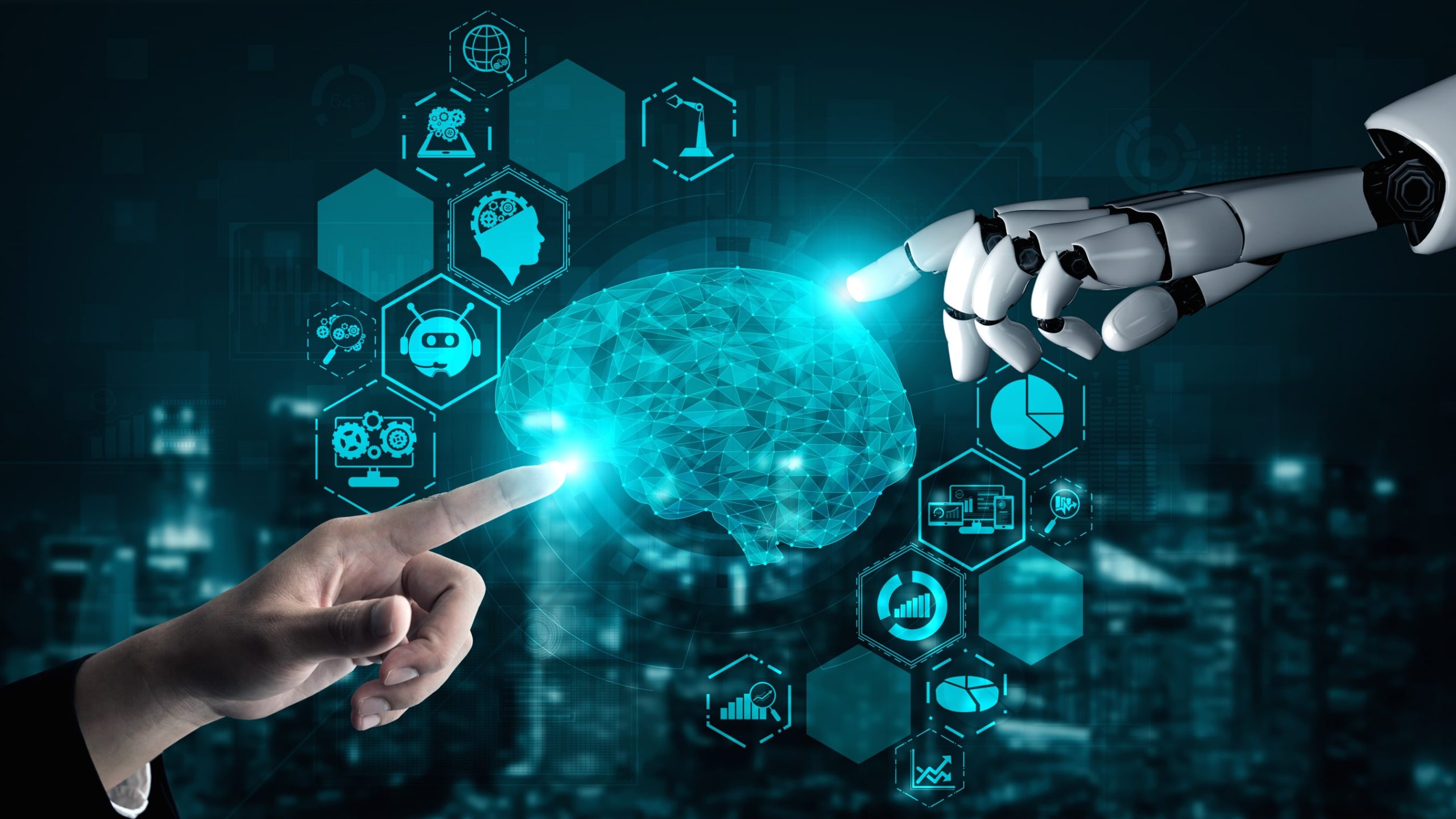While generative AI offers significant advantages, it’s important to also understand its limitations and risks. As its use becomes more widespread, acknowledging the drawbacks helps ensure responsible and ethical adoption. Here are the key challenges associated with generative AI:
1. Misinformation and Fake Content
Generative AI can easily produce realistic-looking fake news, images, audio, and videos. This can lead to the spread of misinformation, deepfakes, and misleading narratives, which are difficult to detect and can have serious social and political consequences.
2. Bias in Output
AI models are trained on large datasets that often contain societal biases. As a result, generative AI may replicate or even amplify these biases in its outputs—leading to unfair or discriminatory content, especially in hiring tools, customer service, or legal advice.
3. Copyright and Plagiarism Concerns
Generative AI can produce content that closely mimics or copies existing work without attribution. This raises legal and ethical concerns about intellectual property rights, especially in art, writing, music, and code.
4. Loss of Human Jobs
As AI automates tasks in writing, design, programming, and customer service, there are growing concerns about job displacement. Workers in creative and technical fields may face reduced demand or be forced to adapt to new AI-driven workflows.
5. Dependence on AI
Overreliance on generative AI can lead to reduced critical thinking, creativity, and problem-solving skills. Users may begin to trust AI-generated outputs without verifying accuracy, which can be dangerous in fields like medicine, law, or journalism.
6. Data Privacy Issues
Many generative AI tools process vast amounts of user data, sometimes without clear policies on how that data is stored, used, or shared. This raises privacy concerns, especially when sensitive information is involved.
7. High Computational Cost
Training and running generative AI models require significant computing power and energy. This contributes to high costs and environmental impact, making it less sustainable in the long term if not managed efficiently.
8. Ethical Challenges
Generative AI can be misused for unethical purposes—such as creating harmful content, manipulating public opinion, or producing explicit material without consent. Managing these ethical dilemmas is a complex and ongoing challenge.
9. Quality Control
AI-generated content can sometimes be inaccurate, off-topic, or low-quality. Without human review or editing, such outputs can lead to confusion, errors, or misleading information, especially when used in critical decision-making.
10. Limited Understanding of Context
Despite being advanced, generative AI often lacks true understanding of context, emotion, or cultural nuances. This can lead to responses that are tone-deaf, inappropriate, or simply incorrect in sensitive situations.
Conclusion
Generative AI holds incredible promise but must be used responsibly. Understanding its drawbacks allows individuals, businesses, and policymakers to put proper safeguards in place. By addressing issues like bias, misinformation, and privacy, we can work toward a future where AI enhances human potential rather than undermining it.







Leave feedback about this